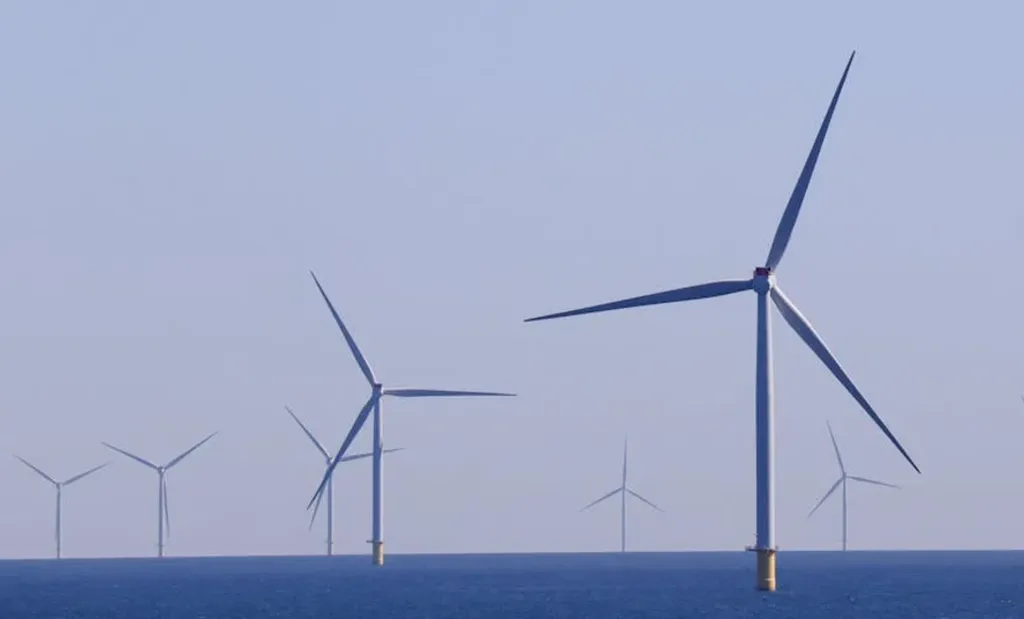In the quest for sustainable energy, wind power stands as a beacon, yet its promise is often dimmed by the substantial costs of maintenance. Enter Guoliang Wang, a researcher from the Department of Automatic Control and Systems Engineering at the University of Sheffield, who has developed a groundbreaking system that could revolutionize how we maintain wind turbines. His work, published in the journal *Academia Engineering* (translated as “Engineering Science”), introduces an intelligent state evaluation and maintenance arrangement (iSEMA) system based on digital twin technology. This innovation promises to make wind power more efficient and cost-effective, a boon for the energy sector.
Wind turbines, while green and sustainable, require significant initial investment and even more substantial maintenance costs. “Accurately assessing the state of wind turbines and effectively scheduling maintenance is crucial to ensure efficient power generation,” Wang explains. His iSEMA system addresses these challenges head-on. By leveraging digital twin technology—a data-driven digital concept that creates a virtual replica of physical assets—Wang’s system can accurately evaluate the state of wind turbines, detect faults in their early stages, and provide timely feedback to operators. This proactive approach allows for more efficient maintenance scheduling, reducing downtime and extending the lifespan of the turbines.
One of the standout features of Wang’s research is the introduction of the concept of a “sub-healthy state” for wind turbines. This nuanced understanding of turbine health enables the iSEMA system to identify potential issues before they escalate, providing operators with useful information and warnings. “The sub-healthy state is a critical concept for designing the iSEMA system,” Wang notes. “It allows us to intervene before a fault becomes severe, saving time and resources.”
The commercial implications of this research are substantial. Wind farms could see a significant reduction in maintenance costs, making wind power a more attractive and viable option for energy providers. “This system has the potential to transform the way we maintain wind turbines,” says Wang. “By making the process more efficient and cost-effective, we can make wind power more accessible and sustainable.”
The iSEMA system’s ability to provide timely feedback and accurate state evaluations could also lead to advancements in predictive maintenance technologies. As the energy sector continues to evolve, the integration of digital twin technology in wind turbine maintenance could set a new standard for efficiency and reliability. Wang’s research not only addresses current challenges but also paves the way for future developments in the field.
In the ever-evolving landscape of renewable energy, Wang’s work stands as a testament to the power of innovation. His iSEMA system, with its intelligent state evaluation and maintenance arrangement capabilities, offers a glimpse into a future where wind power is not only sustainable but also economically viable. As the energy sector continues to seek solutions to the challenges of maintenance and efficiency, Wang’s research provides a compelling answer, one that could shape the future of wind power for years to come.

